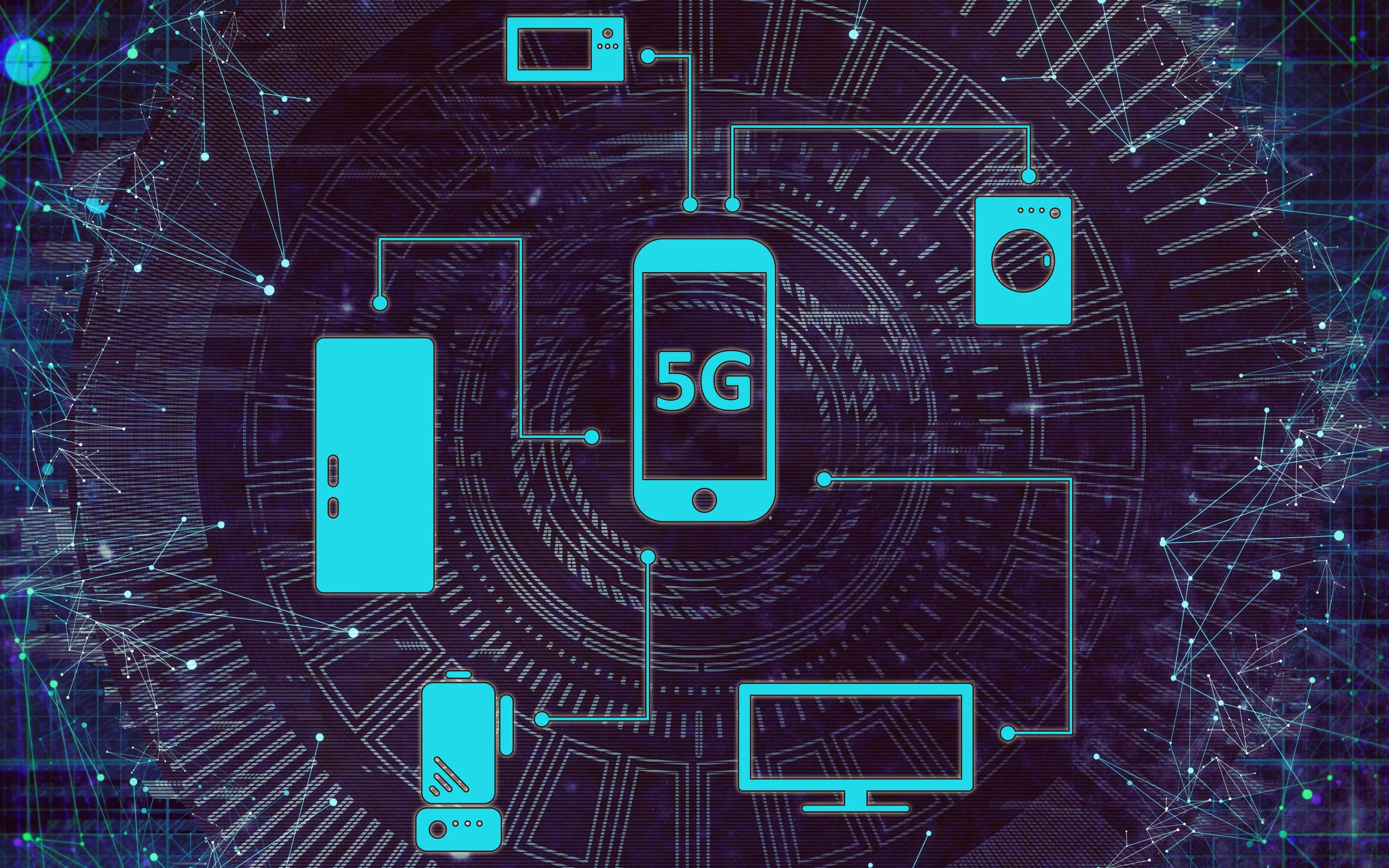The advent of 5G technology marks a transformative era in the realm of digital connectivity, promising to elevate the Internet of Things (IoT) to unprecedented heights. With its ultra-high speeds and almost negligible latency, 5G is poised to revolutionize how smart devices communicate and interact, making the concept of smarter cities and fully automated industries more achievable than ever. This article explores the synergy between 5G and IoT, detailing the enhancements in connectivity, the burgeoning opportunities for various sectors, and the overall implications for future technological landscapes.
Unleashing New Capabilities in IoT with 5G
Enhanced Connectivity and Reduced Latency
The introduction of 5G is set to dramatically enhance the capabilities of IoT devices by providing significantly faster data transfer rates and reduced latency. Where 4G networks offer a latency of around 50 milliseconds, 5G slashes that to as low as 1 millisecond. This improvement is crucial for applications requiring real-time feedback, such as remote surgeries and autonomous vehicles. Furthermore, 5G enables a much denser network of connected devices, supporting up to a million devices per square kilometer. Such capacity expansion is a game-changer for urban IoT deployments, where countless devices must communicate simultaneously without congestion. For a deeper understanding of these technical enhancements, resources like the GSMA’s guide to 5G technology provide comprehensive insights.
Revolutionizing Industries with Smart Connectivity
Automated Industries and Smarter Cities
The integration of 5G into IoT is set to transform various industries by enabling more complex, automated operations. In manufacturing, for example, 5G can facilitate real-time monitoring and adjustment of machinery, leading to unprecedented levels of efficiency and safety. In urban management, 5G-connected IoT devices can manage everything from traffic flows to energy use, helping cities reduce congestion and improve sustainability. These technologies together pave the way for what are being termed ‘smart cities’, urban areas that optimize their resources and services through continuous data collection and analysis. Insightful examples of 5G’s impact on industries can be explored at IoT For All, which frequently publishes articles on 5G applications in different sectors.
Addressing Security and Privacy Concerns
Ensuring Safe Expansion of IoT Networks
With the rapid expansion of networked devices facilitated by 5G, security and privacy concerns become more pressing. Each new device connected to the internet represents a potential entry point for security breaches, which could compromise personal and corporate data. Addressing these concerns involves implementing robust cybersecurity measures, developing new standards for network security, and continuous monitoring of network activity. Organizations like Internet of Secure Things Alliance focus on enhancing security across IoT devices, offering strategies and standards to safeguard against potential threats.
Preparing for a Connected Future
Strategies for Integration and Optimization
As industries and cities move towards greater integration of IoT with the support of 5G technology, preparing for this future requires strategic planning and investment. This includes upgrading existing infrastructure, investing in new technology, and training personnel to manage and protect these advanced systems. Additionally, regulatory frameworks will need to be updated to address the new challenges posed by widespread IoT deployment, particularly concerning data protection and device interoperability. For comprehensive strategies on integrating and optimizing 5G and IoT technologies, visiting platforms like TechCrunch’s section on 5G can provide valuable business insights and trends.
Navigating Challenges and Setting Standards
Balancing Technological Growth with Ethical Practices
As we embrace the wave of 5G and IoT innovations, the need for clear ethical guidelines and standards becomes increasingly crucial. These standards should not only address security and privacy but also consider the broader impacts on employment, social interactions, and cultural norms. Ensuring that technology serves humanity involves proactive policy-making and community engagement to discuss and shape the future we aspire to achieve. This holistic approach will help mitigate risks associated with dependency on automated systems and potential biases embedded within AI algorithms. For guidance on ethical technology use, entities like The IEEE Global Initiative on Ethics of Autonomous and Intelligent Systems offer valuable frameworks and standards.
Enhancing Global Connectivity
Extending the Benefits of 5G and IoT Worldwide
While the benefits of 5G and IoT are set to revolutionize urban and industrial settings in developed countries, it is essential to consider their potential in improving lives globally, including in developing regions. By enhancing connectivity, these technologies can provide significant health, education, and economic benefits across less developed areas, helping to bridge the digital divide. Initiatives like the United Nations’ ITU focus on promoting inclusive access to these technologies, ensuring that advancements contribute to global equity and sustainable development.
Fostering Innovation and Creativity
Empowering New Generations Through Advanced Technologies
The proliferation of 5G and IoT technologies also offers a unique opportunity to foster innovation and creativity, providing new tools and platforms for individuals and communities to express themselves and create change. From startups developing IoT solutions for environmental monitoring to artists utilizing immersive 5G-enabled virtual reality experiences, the possibilities for creative and entrepreneurial endeavors are boundless. Resources like Fast Company highlight innovative uses of these technologies and can inspire readers to explore novel applications in their fields.
Conclusion: Steering Towards an Interconnected Future
The integration of 5G and IoT is not just about upgrading our internet speeds or making our cities smarter; it’s about fundamentally rethinking how we interact with the world around us. As these technologies continue to evolve, they promise to enhance nearly every aspect of our lives, making our environments more responsive, our industries more efficient, and our societies better connected. To stay informed about the latest developments and practical advice on navigating this dynamic field, following authoritative tech news sources and thought leaders will be essential. Embracing this interconnected future with an informed and thoughtful approach will ensure that we maximize the benefits while minimizing the risks associated with these transformative technologies.

